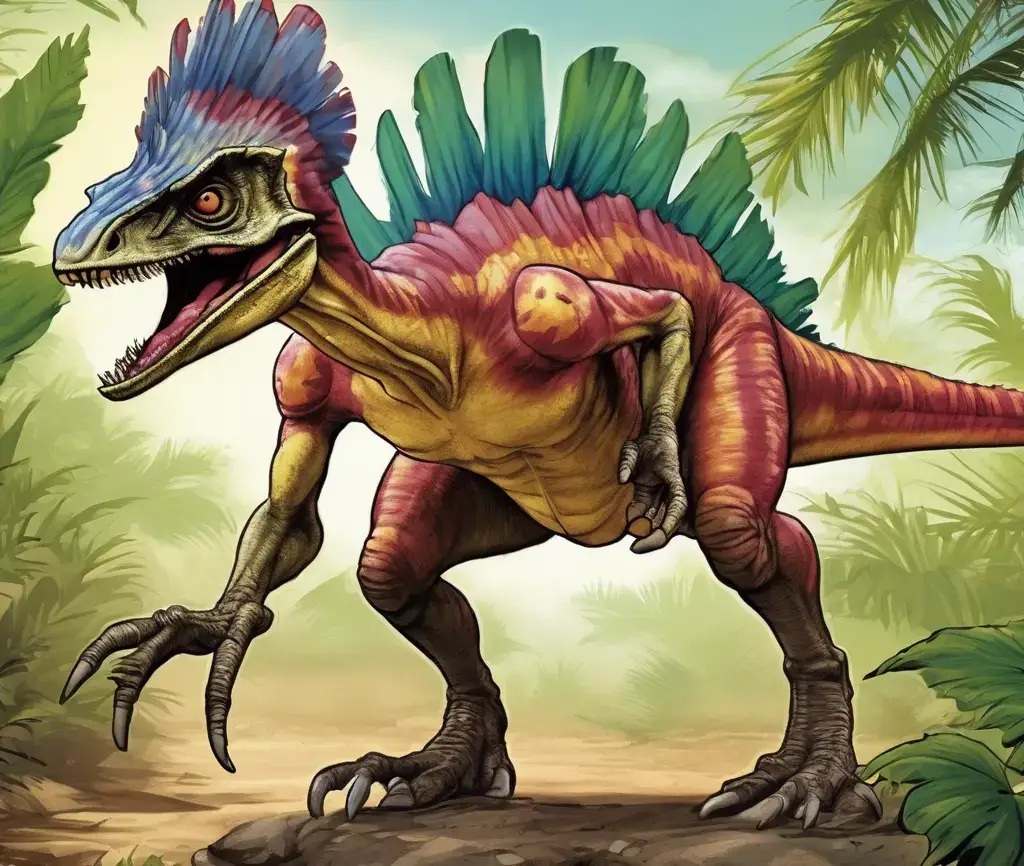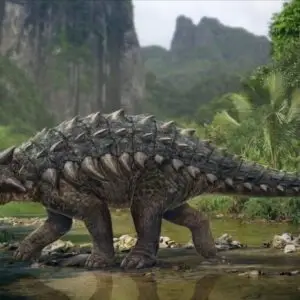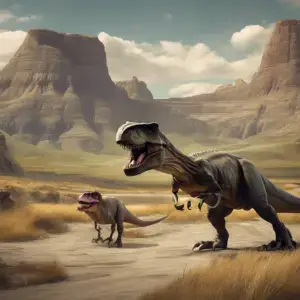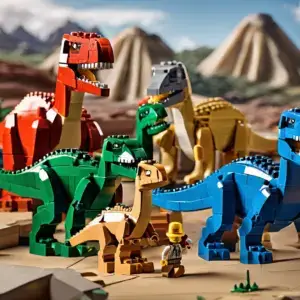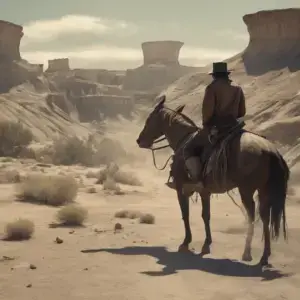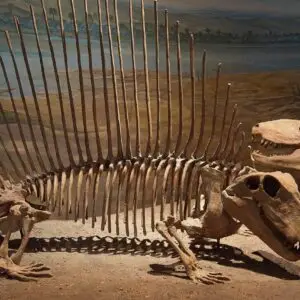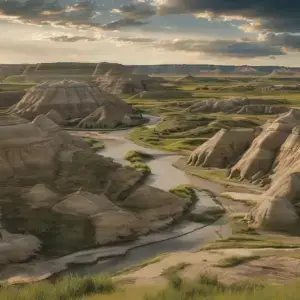Dilophosaurus: The Spitter That Stole the Show
AJ
Things To Do In Drumheller
Unveil Dilophosaurus’ real story—beyond the Jurassic Park spit—with its crests and speed.
Dilophosaurus burst onto the scene in Jurassic Park as a frilled, venom-spitting trickster, but the real dinosaur is just as captivating—minus the Hollywood flair. Roaming North America 193 million years ago in the Early Jurassic, this crested carnivore was a speedy hunter with a flair for the dramatic. Let’s strip away the movie myths and dig into the true tale of this prehistoric show-stealer.
A Crested Crown
Double Trouble
Dilophosaurus sported two thin, semicircular crests atop its head, earning its name—“double-crested lizard.” Made of delicate bone, these weren’t weapons but showpieces, likely flashing bright colors to impress mates or intimidate rivals. Fossils from Arizona show them perfectly preserved, a Jurassic billboard of style.
Not a Frill
Forget the neck frill from the film—that’s pure fiction. The real Dilophosaurus relied on those crests alone for pizzazz, no pop-up surprises needed. They made it stand out in a world of plainer predators.
Built for Speed
A Lightweight Sprinter
At 20 feet long and 1000 pounds, Dilophosaurus was no T. Rex, but it was fast. Its slender legs and hollow bones suggest speeds up to 30 miles per hour, perfect for chasing small prey across ancient floodplains. Tracks in Utah hint it moved with purpose, a blur in the Jurassic dawn.
Agile Ambusher
With a flexible neck and sharp claws, it likely pounced on unsuspecting victims—think early reptiles or small dinosaurs. Its agility gave it an edge before the big carnivores took over later in the Mesozoic.
No Spit, Just Bite
Jaws of Power
The venom-spitting gimmick? Made up for the movie. Dilophosaurus had a strong bite instead, with long, curved teeth for slicing meat. Fossil skulls show a jaw that could snap shut with force, snagging prey without any need for poison.
Hunting Style
It probably hunted solo, using stealth over venom. There’s no evidence of spitting glands, but its teeth and speed made it deadly enough—think of it as a sleek, no-nonsense killer.
A Life in the Early Jurassic
World of Wonders
Dilophosaurus lived in a lush, river-crossed landscape, sharing it with early crocodiles and fish. Its fossils, first found in 1942 by Sam Welles, paint a picture of a warmer, wetter North America, far from the deserts we know today.
Growing Up
Juveniles were smaller—about 10 feet—and likely nimbler, growing into their crests over time. They’d dodge bigger threats like rauisuchians, learning the ropes before ruling as adults.
From Fossils to Fame
Discovery Story
Named in 1954, Dilophosaurus got its big break when Welles realized those crests were unique. Only a handful of skeletons exist, but they’ve fueled decades of study—and one blockbuster myth. The real star shines through in museum displays, no special effects required.
Legacy Lives
While not a bird ancestor, Dilophosaurus ties to theropods like Velociraptor. Its flair and ferocity remind us the Jurassic was a stage for all kinds of players—not just the giants.
Dilophosaurus didn’t need venom or frills to dazzle—it had crests, speed, and a bite that ruled the Early Jurassic. Hollywood gave it a twist, but the real story is a wild ride worth celebrating.

